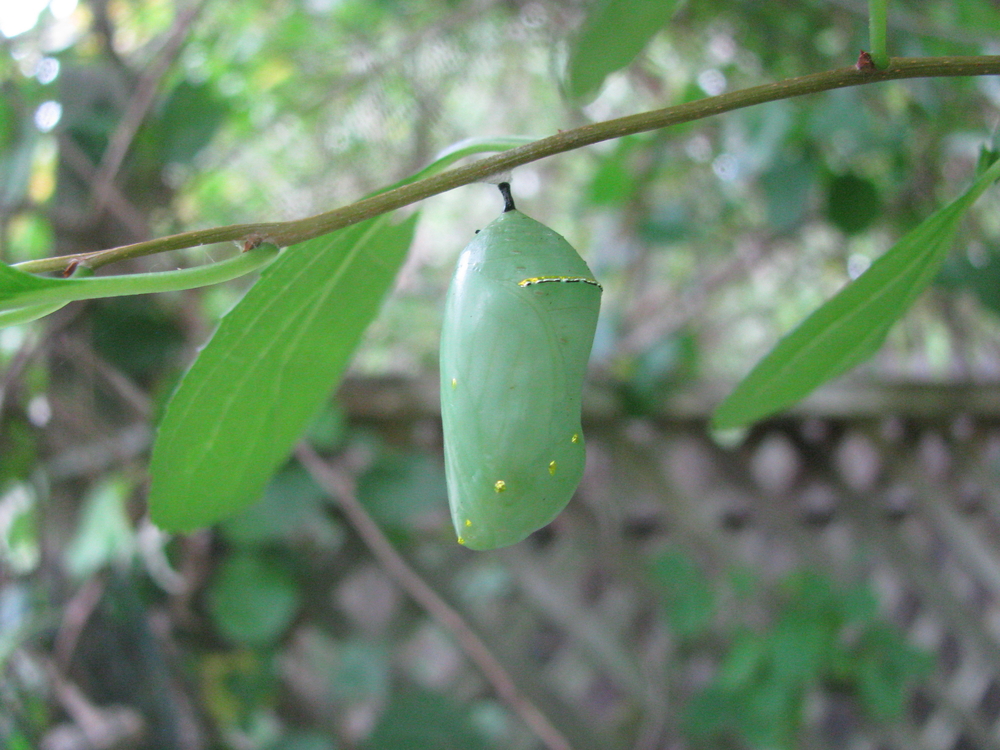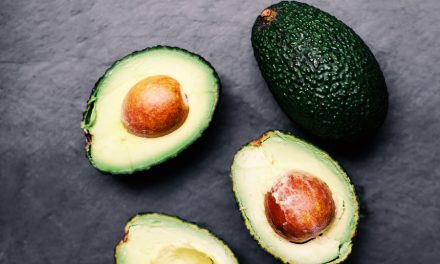For hundreds of years, the majestic California pipevine swallowtail butterly called San Francisco home. Increased development in the early 20th century caused the butterfly to slowly disappear, making it is a rare and precious sight. But thanks to one man transforming his yard into a habitat for them, the butterfly is making a comeback.
Its life begins its life as a tiny red egg. Then it hatches into an enormous orange-speckled caterpillar, and then — after a gestation period of up to two years — it emerges as an iridescent blue majestic beauty. Boasting gorgeous oceanic tones, the creature’s wings are deemed by collectors to be some of the most magnificent in all of North America.
RELATED STORY:
Thankfully, one man’s efforts are beginning to bring the California pipevine swallowtail butterfly (Battus philenor hirsuta) back. His story reminds us that we can all contribute to conservation efforts, even from our own backyards.
This wonderful person’s name is Tim Wong. He is an aquatic biologist at the California Academy of Sciences, and he rarely has a dull day. Wong constantly cares for one of the science museum’s 38,000 animals. Somedays he hangs out with an albino alligator, on other days he swims with Javanese stingrays. Or sometimes he treats a hungry octopus to a hamster ball full of shrimp.
But when he is not at work, the 28-year-old nature lover devotes the bulk of his free time to raising butterflies, a hobby he picked up as a kid. Wong says:
“I first was inspired to raise butterflies when I was in elementary school. We raised painted lady butterflies in the classroom, and I was amazed at the complete metamorphosis from caterpillar to adult.”
In an open meadow near his home, Wong spent his days catching, studying, and raising any butterflies he could find.
RELATED STORY:
Rare Florida Forest, Home to More Than 20 Protected Species, to Be Bulldozed for Walmart Development
Several years later, he learned about the pipevine swallowtail — which had become increasingly rare in San Francisco — and he made it his personal mission to bring the butterfly back.
:no_upscale()/cdn.vox-cdn.com/uploads/chorus_asset/file/6749339/6891528308_b2db5c8e67_o.jpg)
He researched the butterfly and learned that when in caterpillar form, it only feeds on one plant: the California pipevine (Aristolochia californica), an equivalently rare flora in the city. Wong said:
“Finally, I was able to find this plant in the San Francisco Botanical Garden [in Golden Gate Park]. And they allowed me to take a few clippings of the plant.”
RELATED STORY:
He then created a butterfly paradise in his own backyard, using self-taught techniques. He added:
“[I built] a large screen enclosure to protect the butterflies and to allow them to mate under outdoor environmental conditions — natural sun, airflow, temp fluctuations.”
“The specialized enclosure protects the butterflies from some predators, increases mating opportunities, and serves as a study environment to better understand the criteria female butterflies are looking for in their ideal host plant.”
:no_upscale()/cdn.vox-cdn.com/uploads/chorus_asset/file/6749155/Backyard%20Butterfly%20Habitat.JPG)
Even though the California pipevine butterfly had nearly disappeared in San Francisco, it was still common outside the city, in places with more vegetation. With permission, Wong was able to gather an initial group of 20 caterpillars from private residences. He carefully transported them to his backyard and set them loose on the plants to feed. He said:
“They feed as a little army. They roam around the pipevine plant from leaf to leaf, munching on it as a group.”
:no_upscale()/cdn.vox-cdn.com/uploads/chorus_asset/file/6750201/7049110893_e87d13a0cc_o.0.jpg)
:no_upscale()/cdn.vox-cdn.com/uploads/chorus_asset/file/6749227/A%20handful%20of%205th%20instar%20Caterpillars.jpg)
RELATED STORY:
Once situated, the caterpillars began their long, drawn-out process of maturation. After about 3-4 weeks, a caterpillar pupates and forms an outer shell called a chrysalis. The insect liquifies itself inside, and either develops into a into butterfly in about two weeks, or stays dormant for up to two years! This delayed development is called “diapause.” Wong explained:
“It’s like a long hibernation. And when it’s over, they emerge as adult butterflies.”
The adult pipevine butterfly usually hatches from its chrysalis in spring, but it can be seen flying from February to October. The butterflies live for two to five weeks, depending on temperature, predation, and food availability. During this time, the females lay tiny red eggs on the pipevine plants. Wong carefully collects these and incubates them indoors, away from natural predators like spiders and earwigs. “From there,” he says, “the cycle continues.”
:no_upscale()/cdn.vox-cdn.com/uploads/chorus_asset/file/6749169/Screen%20Shot%202016-07-05%20at%203.41.23%20PM.png)
When the eggs hatch and a new cycle of life begins, Wong raises the caterpillars at home. He then brings them back to the San Francisco Botanical Garden’s “California Native” exhibit.
RELATED STORY:
Other conservationists have succeeded in repopulating the pipevine butterfly in the neighboring counties of Santa Cruz and Sonoma, but none have been successful in San Francisco. In the late 1980s, a woman named Barbara Deutsch had attempted to reintroduce the species with 500 caterpillars, but the butterflies vanished after a few years.
When Wong first started transporting caterpillars to the botanical garden, he’d only take a few hundred at a time. But as his backyard caterpillar population grew, he was able to exponentially increase this. Last year he introduced thousands of caterpillars to the garden.
RELATED STORY:
Wong attributes his success largely to the favorable habitat he’s created for the caterpillars. In the past few years, he’s cultivated more than 200 California pipevine plants. Through extensive weeding, and the planting of additional nectar plants, Wong has been able to reintroduce the butterfly to San Francisco for the first time in decades. He said:
“Each year since 2012, we’ve seen more butterflies surviving in the garden, flying around, laying eggs, successfully pupating, and emerge the following year. That’s a good sign that our efforts are working!”
Even though Wong has had success raising native butterflies at home, he cautions that it “isn’t for everyone.” A DIY conservation effort requires a deep and special understanding of each species’ natural history, a natural sensibility, and a lot of tedious work.
RELATED STORY:
:no_upscale()/cdn.vox-cdn.com/uploads/chorus_asset/file/6750265/Screen_Shot_2016-07-05_at_11.14.37_AM.0.png)
If raising native butterflies at home seems too complex, there are much simpler ways to contribute. The flourishing of local species is largely driven by restoring native habitats. Planting native flora host plants is an effective way to boost endemic butterfly populations. Weeding (to allow easier access to food sources) and avoiding pesticides is equally beneficial. Wong added:
“Improving habitat for native fauna is something anyone can do. Conservation and stewardship can start in your very own backyard.”
RELATED STORY:
What a refreshing reminder that we can all make a difference. As open space continues to disappear, it is increasingly important that we look to our own landscape as a sanctuary for biodiversity. Just like the California pipevine plant, native plants are a vital part of the natural web of life, and they are being destroyed at an alarming rate. When we remove a certain native plant from the landscape we also remove the insect that feeds on that plant, which in turn will eradicate the bird that feeds on that insect, and so on.
Conservation and stewardship can literally start in your own backyard. What plants are native to your area? I encourage you to do some simple research and find out what you can plant in your yard to help nurture native flora and fauna. XO ~ Erin
Source:
Please get on our update list today, as social media is strangling our reach: Join here: http://healthnutnews.com/join THANK YOU!












